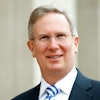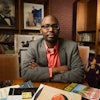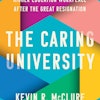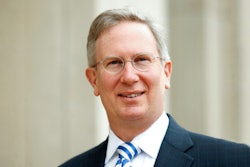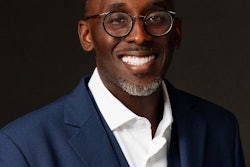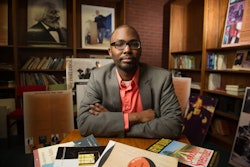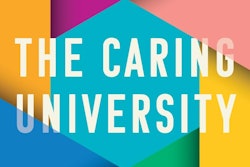To get to the office of Dr. Sylvester James Gates, Jr. – the world-renowned theoretical physicist credited with pioneering a concept known as supersymmetry – you have to walk through an anterior conference room on the first floor of the John S. Toll Physics Building at the University of Maryland. The walls are bedecked with a dozen or so framed color images of Adinkras. That’s the West African—inspired name that Gates and several close colleagues bestowed upon the geometric diagrams they use to represent mathematical relationships between certain particles and their yet-to-be-discovered “superpartners.” A whiteboard inside the room bears a sketch drawn in green magic marker of a bespectacled Gates with his signature Afro. “What we do here,” the artist wrote alongside the caricature of Gates, “is meditate on the universe & MATH.”
From All-Black School to National Medal of Science: A Journey of Mathematical Discovery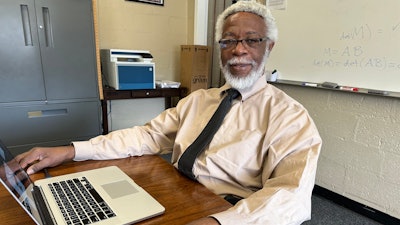
The hundreds of books that line the shelves behind Gates’ desk only support that claim. The topics range from calculus to cosmology. Gates co-authored one of the books: Superspace, or One Thousand and one Lessons in Supersymmetry. Among the various photographs, one picture – nestled between a book called The Most Wanted Particle and another called Universe Down to Earth by his esteemed colleague, Neil de Grasse Tyson – stands out from the rest. It shows Gates shaking hands with President Barack Obama, who had just presented him with the National Medal of Science – an honor Gates says he didn’t even know existed until he began service on the President’s Council of Advisors on Science and Technology, or PCAST, in 2009. Gates was one of a dozen scientists who received the honor in 2013 for the year 2011 in a ceremony that had been postponed due to the 2012 election.
“When I heard about it, I said, ‘Well, that’s nice,’ but I had no idea that somebody thought I should become a recipient,” says Gates, who is the 2025 recipient of the Dr. John Hope Franklin award, presented by Diverse.
“So, I’m stunned first because, quite frankly, as an African American, outside of entertainment, it’s very seldom that we are recognized for what we do,” Gates adds. “I was okay with that because I wasn’t doing things for recognition. I love what I do, and I do physics that nobody else in the world can do. I create mathematics that nobody else has created before me. That’s what I do and that’s what excites me about my career.
“So, to have people turn around and say, ‘We know you’ve done this, and here’s this medal,’ came as a total surprise to me.”
The recognition follows decades of Gates’ diligent efforts to provide students around the world with a strong science education like the one he obtained at an all-Black school in Orlando, Florida back in the 1960s – a school that ultimately launched the first-generation college student to MIT and a remarkable career as a theoretical physicist that spans seven decades and once nearly took him into orbit in the celestial footsteps of friend, fellow MIT alum and astronaut Ron McNair, whom he spoke with six months prior to the tragic Space Shuttle Challenger explosion that claimed his life in 1986.
